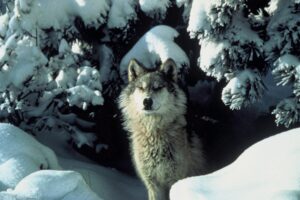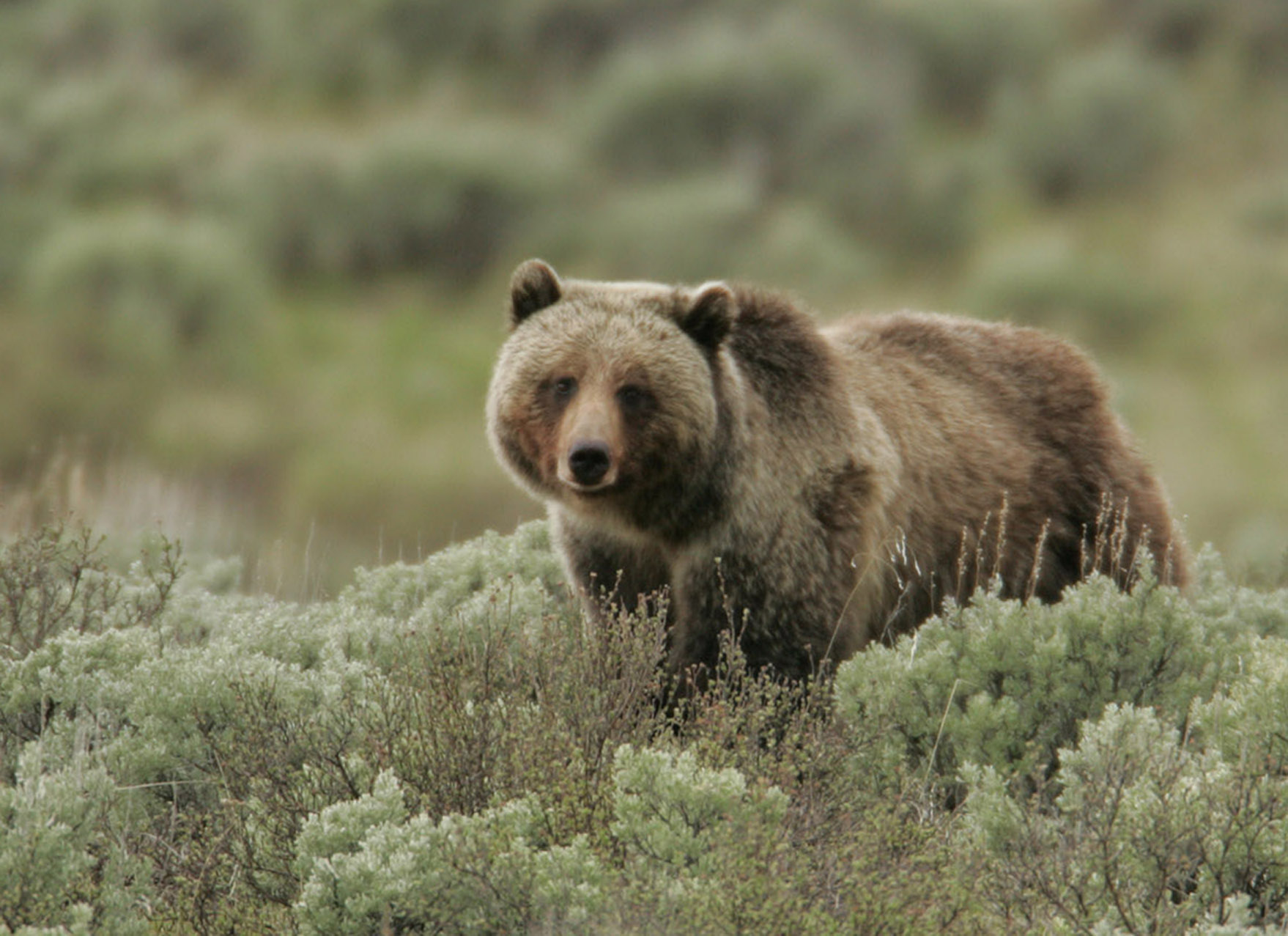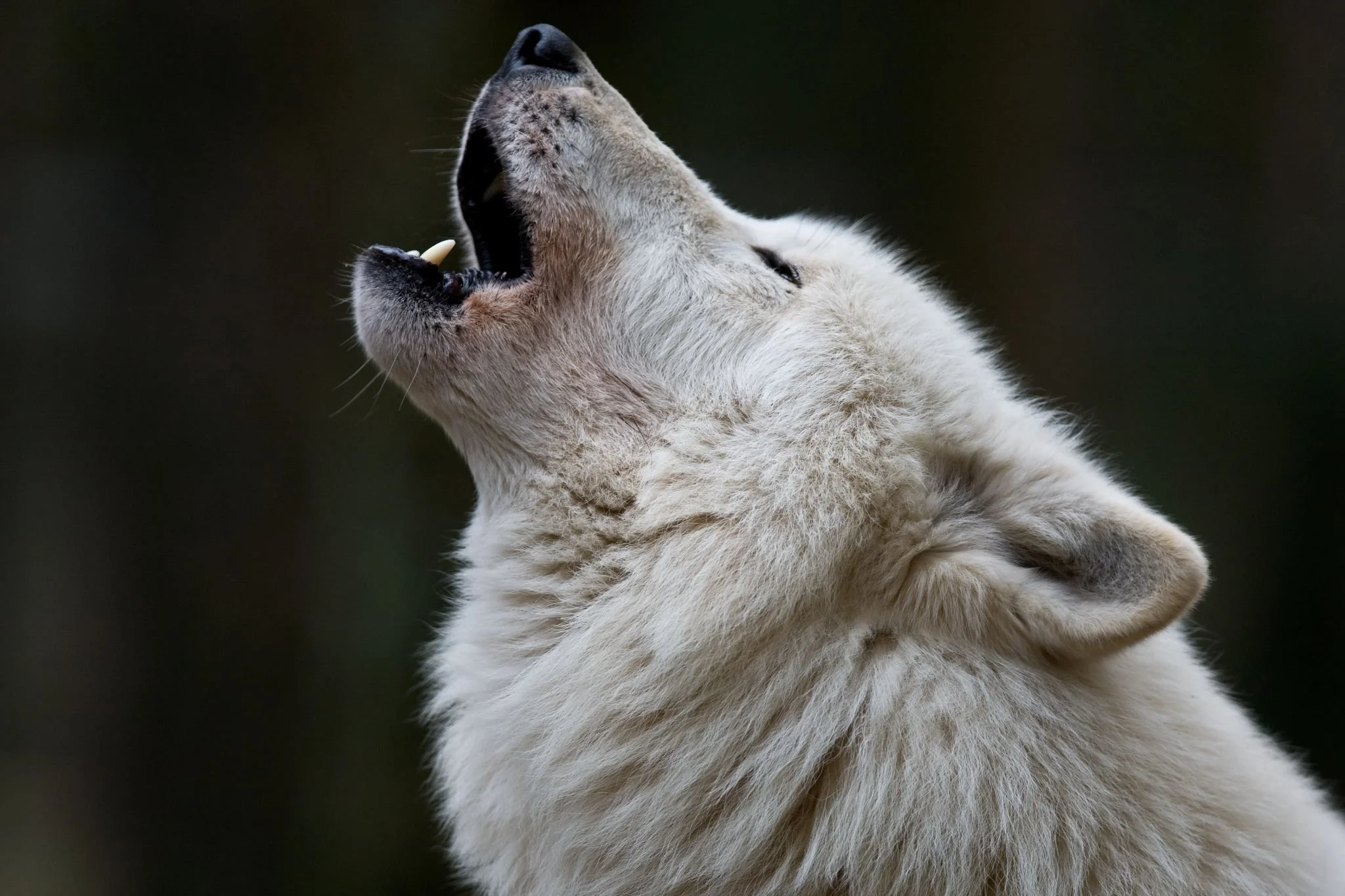Federal Court in Idaho Says Wolf Trapping Likely to Harm Grizzlies
In a highly consequential and swiftly moving case, a federal judge issued a ruling in March that put the State of Idaho on notice that their single-minded focus on removing wolves from the landscape uses methods that are incompatible with federal protections of grizzly bears.The permanent injunction, handed down by U.S. Magistrate Judge Candy Dale, determined that Idaho Department of Fish and Game’s (IDFG) wolf trapping regulations are “reasonably likely” to cause harm to grizzly bears and forced the agency to restructure trapping seasons for the foreseeable future. The ruling was prompted by a 2021 lawsuit filed by Earthjustice and 12 other environmental organizations in the wake of Idaho Senate Bill 1211, which liberalized methods and seasons for hunting and trapping of wolves in Idaho. At the time, ICL was deeply concerned about fallout that was likely to come from the proposed legislation and voiced our opposition to the bill at the Statehouse. This ruling is a significant development as the US Fish & Wildlife Service (USFWS) attempts to restore grizzly populations in the lower 48 states. It also serves as a cautionary statement to IDFG and Idaho’s legislature if they pursue regulations that could adversely impact native species with Endangered Species Act protections.Fundamentally, the decision was based on research that says climate change is prompting grizzlies to den later in the fall and to leave those dens earlier in the spring. This past winter, for instance, sow grizzlies with cubs were observed out of their dens in January in parts of Montana. IDFG must now shorten trapping seasons by six weeks on public lands and by nine months on private lands in the Panhandle, Salmon, Clearwater and Upper Snake regions. Wolves may only be taken in those areas during bear denning months of December, January and February, thereby minimizing potential for incidental capture of grizzlies during recreational trapping activities. Since methods of take were expanded, trapping efforts in the regions now affected by this closure have contributed to 33% of all wolves killed in a given year, according to IDFG.The court’s findings reinforced what many others came to believe long ago. State policy of killing as many wolves as it can is really problematic for Idaho when the majority of society respects native predators and supports recovery of threatened and endangered species like the grizzly bear. The Idaho decision may also have ramifications for a recent proposal by the USFWS to allow wolf trappers to operate in wolverine habitat without violating ESA protections recently given to the animals in the lower 48 states. Data shows that wolverines are another species that fall victim to incidental capture and mortality events from recreational trapping, with 10 of these instances occurring in the last 10 years
This ruling is a significant development as the US Fish & Wildlife Service (USFWS) attempts to restore grizzly populations in the lower 48 states. It also serves as a cautionary statement to IDFG and Idaho’s legislature if they pursue regulations that could adversely impact native species with Endangered Species Act protections.Fundamentally, the decision was based on research that says climate change is prompting grizzlies to den later in the fall and to leave those dens earlier in the spring. This past winter, for instance, sow grizzlies with cubs were observed out of their dens in January in parts of Montana. IDFG must now shorten trapping seasons by six weeks on public lands and by nine months on private lands in the Panhandle, Salmon, Clearwater and Upper Snake regions. Wolves may only be taken in those areas during bear denning months of December, January and February, thereby minimizing potential for incidental capture of grizzlies during recreational trapping activities. Since methods of take were expanded, trapping efforts in the regions now affected by this closure have contributed to 33% of all wolves killed in a given year, according to IDFG.The court’s findings reinforced what many others came to believe long ago. State policy of killing as many wolves as it can is really problematic for Idaho when the majority of society respects native predators and supports recovery of threatened and endangered species like the grizzly bear. The Idaho decision may also have ramifications for a recent proposal by the USFWS to allow wolf trappers to operate in wolverine habitat without violating ESA protections recently given to the animals in the lower 48 states. Data shows that wolverines are another species that fall victim to incidental capture and mortality events from recreational trapping, with 10 of these instances occurring in the last 10 years In Montana, a similar judicial decision was issued in a companion lawsuit filed last year and affirmed by a Ninth Circuit panel in late April. The original case there found that the relatively small number of documented incidental grizzly capture events underrepresents the likelihood of harmful effects from trapping. In affirming the decision, judges pointed out that expert testimony indicated that “only 12% of unpermitted grizzly bear killings are actually reported” and that “data shows that trappers who find grizzly bears in their traps are highly unlikely to call a government agent.” Underreporting of “bycatch” is also a problem in Idaho, as incidental capture of nontarget wildlife is not required unless that animal dies. This reporting loophole needs to be changed.In the most recent five-year period, wolf trappers logged a staggering 1.149 million “trap-nights” (one trap, left in the field for one night) in the four IDFG regions affected by the ruling. This intensive effort is likely due, in part, to new incentives that reimburse costs incurred by recreational trappers (up to $2000) if they show proof of a wolf kill. According to the nonprofit wolf control organization orchestrating these payments in coordination with IDFG and the Idaho Wolf Depredation Control Board, items eligible for reimbursement can include “fuel, firearms, ammunition, traps, game cameras, outdoor clothing/gear, license & tag fees, ATV/UTV, 4-wheeler, truck purchase or payments, etc.”ICL raised concerns to the USFWS earlier this spring about proliferation of wolf traps and snares when we filed comments on plans to restore bears to Idaho’s Bitterroot country. Judge Dale’s ruling gives those restoration efforts a fighting chance.
In Montana, a similar judicial decision was issued in a companion lawsuit filed last year and affirmed by a Ninth Circuit panel in late April. The original case there found that the relatively small number of documented incidental grizzly capture events underrepresents the likelihood of harmful effects from trapping. In affirming the decision, judges pointed out that expert testimony indicated that “only 12% of unpermitted grizzly bear killings are actually reported” and that “data shows that trappers who find grizzly bears in their traps are highly unlikely to call a government agent.” Underreporting of “bycatch” is also a problem in Idaho, as incidental capture of nontarget wildlife is not required unless that animal dies. This reporting loophole needs to be changed.In the most recent five-year period, wolf trappers logged a staggering 1.149 million “trap-nights” (one trap, left in the field for one night) in the four IDFG regions affected by the ruling. This intensive effort is likely due, in part, to new incentives that reimburse costs incurred by recreational trappers (up to $2000) if they show proof of a wolf kill. According to the nonprofit wolf control organization orchestrating these payments in coordination with IDFG and the Idaho Wolf Depredation Control Board, items eligible for reimbursement can include “fuel, firearms, ammunition, traps, game cameras, outdoor clothing/gear, license & tag fees, ATV/UTV, 4-wheeler, truck purchase or payments, etc.”ICL raised concerns to the USFWS earlier this spring about proliferation of wolf traps and snares when we filed comments on plans to restore bears to Idaho’s Bitterroot country. Judge Dale’s ruling gives those restoration efforts a fighting chance. IDFG recently filed a petition for reconsideration with the court, contending that facts used to make the determination were inaccurate and also questioning why areas that don’t currently host grizzly bears were closed to trapping. Nevertheless, IDFG did provide notice of the closure to trappers and published new trapping regulations for this season and next, to comply with the ruling. ICL applauds conclusions independently made by federal courts in Idaho and Montana about the impacts to grizzly bears from wolf trapping. These decisions plainly conclude there’s no way to set a trap or snare in a way that will only capture a wolf. It’s fair to wonder if Idaho’s legislature brought this mess on themselves by rolling back even the most modest trapping restrictions and unnecessarily meddling with wildlife management. Incentives in Idaho that reimburse recreational trappers for their costs of their recreational activities make the problem even worse. Unfortunately, this was all fairly predictable. ICL continues to be eager to work with the State to help create trapping regulations that are more balanced and reasonable. The rights to hunt, fish and trap are part of Idaho's constitution, but the timing, location and methods are determined by the Idaho Fish and Game Commission and we need to make sure these programs do not impact or harm protected native wildlife species.
IDFG recently filed a petition for reconsideration with the court, contending that facts used to make the determination were inaccurate and also questioning why areas that don’t currently host grizzly bears were closed to trapping. Nevertheless, IDFG did provide notice of the closure to trappers and published new trapping regulations for this season and next, to comply with the ruling. ICL applauds conclusions independently made by federal courts in Idaho and Montana about the impacts to grizzly bears from wolf trapping. These decisions plainly conclude there’s no way to set a trap or snare in a way that will only capture a wolf. It’s fair to wonder if Idaho’s legislature brought this mess on themselves by rolling back even the most modest trapping restrictions and unnecessarily meddling with wildlife management. Incentives in Idaho that reimburse recreational trappers for their costs of their recreational activities make the problem even worse. Unfortunately, this was all fairly predictable. ICL continues to be eager to work with the State to help create trapping regulations that are more balanced and reasonable. The rights to hunt, fish and trap are part of Idaho's constitution, but the timing, location and methods are determined by the Idaho Fish and Game Commission and we need to make sure these programs do not impact or harm protected native wildlife species.
Stay updated on Idaho’s wildlife by signing up for ICL Wildlife Program Updates.

